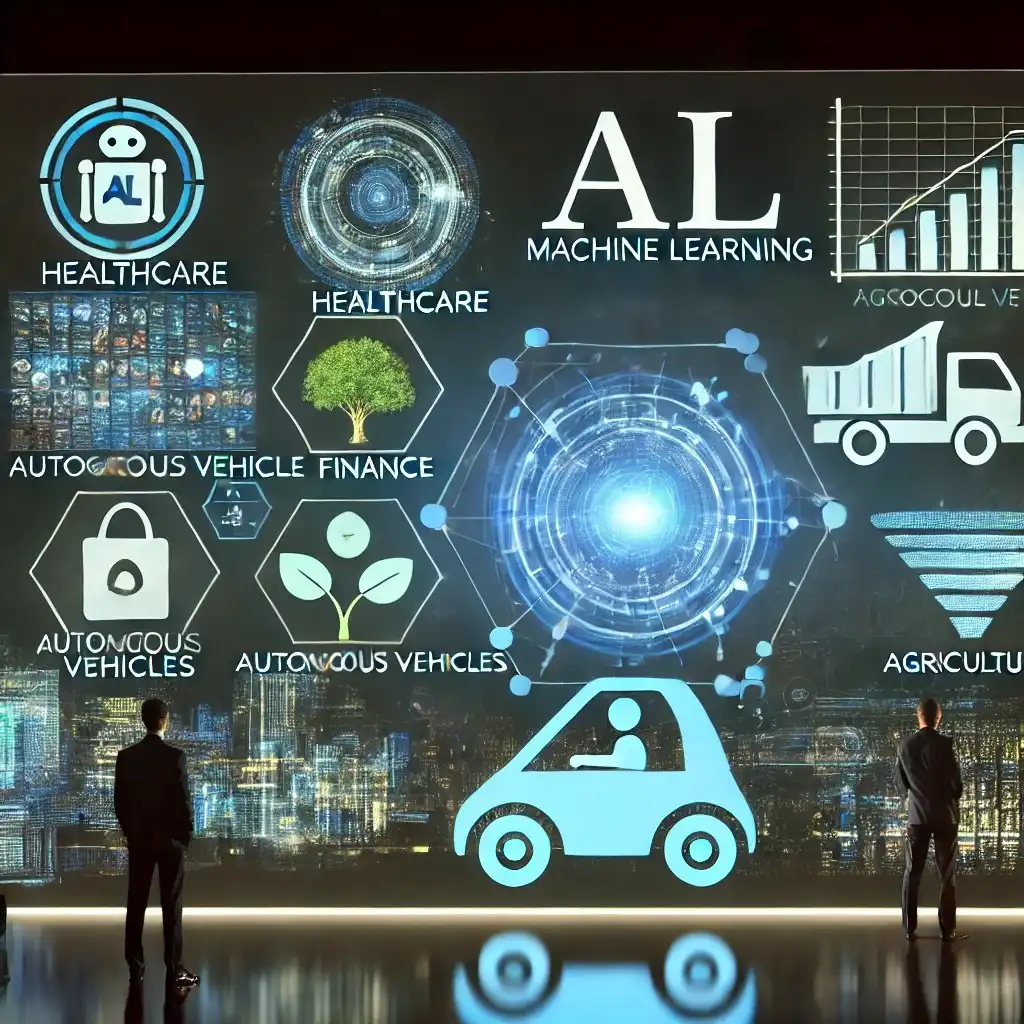In the world of digital transformation, two computing paradigms have gained tremendous traction: cloud computing and edge computing. Cloud computing has revolutionized how we store, manage, and process data, offering centralized resources that can be accessed from anywhere. However, as data volumes surge and the demand for real-time applications increases, edge computing has emerged as a powerful alternative. Edge computing brings data processing closer to the source, reducing latency, improving security, and enabling faster, localized decisions. This guide explores the top advantages of edge computing over cloud computing and explains why many industries are increasingly adopting edge-based solutions.
Understanding Edge Computing and Cloud Computing
Before diving into the benefits of edge computing, it’s essential to understand the fundamental differences between edge computing and cloud computing.
- Cloud Computing: Cloud computing relies on remote servers hosted on the internet to store, manage, and process data. Companies can offload data storage and processing to cloud service providers like Amazon Web Services (AWS), Microsoft Azure, and Google Cloud, which offer scalable resources on demand.
- Edge Computing: Edge computing shifts data processing and storage to the “edge” of the network, closer to where data is generated. Instead of sending data to a centralized cloud server, edge devices or local data centers process it on-site or nearby. This decentralized approach reduces data travel time and ensures faster response times.
Key Advantages of Edge Computing Over Cloud Computing
While cloud computing is suitable for a wide range of applications, edge computing provides specific advantages for scenarios requiring low latency, real-time data processing, and improved data security.
1. Reduced Latency and Faster Data Processing
One of the most significant advantages of edge computing is its ability to reduce latency, which is crucial for applications requiring real-time data processing.
- Immediate Processing at the Source: By processing data at or near the source, edge computing eliminates the need to send information back and forth to a remote cloud server. This significantly reduces delays, making edge computing ideal for real-time applications like autonomous vehicles, industrial automation, and telemedicine.
- Critical for Low-Latency Applications: Applications like smart cities, augmented reality (AR), and virtual reality (VR) need rapid data processing to function smoothly. Edge computing enables ultra-fast response times, providing a seamless experience for users and enhancing the effectiveness of latency-sensitive applications.
2. Improved Reliability and Reduced Downtime
Edge computing can enhance reliability by reducing dependency on centralized servers, making it ideal for critical applications that must remain operational under any circumstances.
- Local Processing Reduces Downtime Risks: With edge computing, even if the central cloud server is down or the network connection is interrupted, data can still be processed locally. This resilience is crucial for applications in remote locations, such as oil rigs or rural areas, where internet connectivity may be inconsistent.
- Continuity of Operations: In manufacturing, retail, and healthcare, continuity is essential. Edge computing enables devices to operate independently of the central cloud, ensuring that mission-critical applications continue to function smoothly, even if the central server is temporarily unreachable.
3. Enhanced Security and Privacy
Data privacy and security are increasingly important as the volume of sensitive information being generated rises. Edge computing offers significant security advantages over traditional cloud computing.
- Data Stays Local: With edge computing, data processing occurs locally, which reduces the need to transmit sensitive information over the internet. This approach minimizes the risk of data breaches and offers an added layer of security for applications handling personal or confidential information.
- Reduced Exposure to Cyberattacks: Centralized cloud servers are frequent targets for cybercriminals due to the vast amount of data they hold. By processing data locally, edge computing reduces the attack surface, limiting potential entry points for cyberattacks and enhancing overall system security.
- Improved Compliance with Data Regulations: Many industries, such as finance and healthcare, are subject to strict data privacy regulations (e.g., GDPR, HIPAA). Edge computing allows organizations to store and process data locally, making it easier to comply with data residency and privacy regulations that require data to stay within specific geographical boundaries.
4. Optimized Bandwidth and Lower Network Costs
As more devices connect to the internet and generate data, bandwidth demand continues to grow. Edge computing optimizes bandwidth usage, helping companies reduce costs and avoid network congestion.
- Localized Data Processing: By processing data on-site or nearby, edge computing reduces the amount of data that needs to be transmitted over long distances. This approach conserves bandwidth and reduces the load on central servers, which is particularly valuable in industries with high data generation, such as IoT, industrial manufacturing, and video streaming.
- Cost Savings on Data Transmission: Edge computing can lower network and bandwidth costs by minimizing the need for constant data transfers to and from a centralized cloud. For applications that generate massive data streams—such as video surveillance or autonomous vehicles—this can lead to substantial cost savings.
5. Scalability and Flexibility
Edge computing offers scalability and flexibility advantages, allowing businesses to expand their computing infrastructure as needed.
- Modular Expansion: Unlike centralized cloud computing, which often requires large-scale data centers, edge computing can be deployed on a smaller scale and in modular units. This flexibility enables businesses to add more edge nodes or devices as demand grows without needing to overhaul their entire infrastructure.
- Customizable to Meet Specific Needs: Edge computing systems can be customized to fit the specific requirements of an application or industry. For instance, a healthcare provider may deploy edge devices with high processing power for medical imaging, while a retailer may prioritize point-of-sale processing. This flexibility makes edge computing ideal for a wide range of use cases and industries.
6. Real-Time Data Analytics and Decision Making
One of the greatest strengths of edge computing is its ability to enable real-time data analytics, allowing organizations to make immediate, data-driven decisions.
- Immediate Insights: By analyzing data at the edge, companies can gain immediate insights, enhancing their ability to react quickly. In industries like manufacturing, edge computing enables predictive maintenance by instantly analyzing machine data, allowing operators to prevent equipment failures.
- AI and Machine Learning at the Edge: With advancements in processing power, AI and machine learning algorithms can now be deployed on edge devices, allowing for localized analysis without the need for cloud connectivity. This is particularly valuable for applications like facial recognition, image analysis, and predictive analytics, where immediate responses are crucial.
7. Enhanced Customer Experience
Edge computing enhances the customer experience by reducing delays, providing real-time information, and delivering personalized services.
- Personalized Services: Retailers and service providers can use edge computing to deliver real-time, personalized experiences. For example, a retail store can leverage edge computing to provide tailored promotions to customers based on in-store behavior, enhancing the shopping experience.
- Improved Application Performance: In scenarios where customers interact directly with applications, such as mobile banking or streaming, edge computing enhances performance by reducing lag and ensuring smooth functionality. This results in a more satisfying user experience and improved customer retention.
8. Lower Environmental Impact
As concerns over energy consumption and environmental impact grow, edge computing offers a greener alternative to cloud computing.
- Reduced Energy Consumption: By processing data locally, edge computing minimizes the need for large data centers, which require substantial energy to operate and cool. This localized approach is inherently more energy-efficient, reducing the overall environmental impact.
- Optimized Resource Usage: Edge computing allows companies to deploy smaller, low-power devices at various locations, further reducing their energy footprint. This approach is especially valuable for remote and outdoor applications where power sources may be limited or difficult to access.
Use Cases Where Edge Computing Excels
Edge computing’s benefits are already transforming multiple industries, with use cases continuing to expand as the technology matures:
- Autonomous Vehicles: Edge computing is essential for self-driving cars, enabling them to process vast amounts of sensor data and make split-second decisions without relying on a cloud connection.
- Industrial Automation: In smart factories, edge computing supports predictive maintenance, quality control, and operational automation by processing data on-site.
- Smart Cities: For applications like traffic management, energy optimization, and public safety, edge computing allows cities to process data locally, responding quickly to real-time conditions.
- Healthcare: Edge computing enables real-time analysis in medical imaging, remote patient monitoring, and telemedicine, improving patient care while ensuring data privacy.
- Retail and Point-of-Sale Systems: In retail, edge computing enables faster checkout processes, real-time inventory management, and personalized in-store promotions, enhancing the customer experience.
Conclusion: The Growing Role of Edge Computing
While cloud computing has been transformative, edge computing is becoming essential for applications requiring real-time data processing, low latency, and enhanced security. By bringing data processing closer to the source, edge computing offers distinct advantages in terms of speed, reliability, and efficiency, empowering businesses to provide faster services, protect sensitive data, and make real-time decisions.
As edge computing technology advances, we can expect it to become a cornerstone of digital infrastructure across industries. Businesses that embrace edge computing now will be better equipped to deliver competitive, data-driven solutions in a world where speed, security, and efficiency are paramount.

